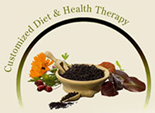
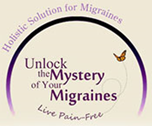
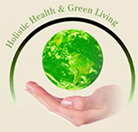
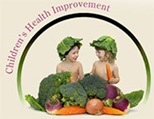
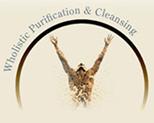
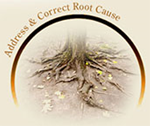
Is Plastic Use Safe?
Know Your Plastics
Plastics are everywhere – in food containers and toys, in cosmetics packaging and household utensils. While some plastics are eco-friendly and may be safe for kids, others contain harmful chemicals or cause dangerous pollution during manufacturing.
It’s just about impossible to avoid plastics altogether, but you can look for plastics that are safest for your family and the environment. So get to know the recycling codes imprinted on the underside of plastic products.
Look for these numbers before you buy:
- Safer choices are coded 1, 2, 4 and 5.
- Avoid 3, 6 and most plastics labeled 7.
Here’s what you should know about each code:
CODE 1: PET OR PETE (NYLON)
Qualities: Thin, clear
Common usage: Bottles for water, cooking oil, peanut butter, soda
Studies indicate that this plastic is safe for one-time use. As a precaution, however, these bottles should not be reused or heated. This plastic can be recycled once into new secondary products such as fabric, carpet or plastic lumber.
CODE 2: HDPE (HIGH-DENSITY POLYETHYLENE)
Qualities: Thick, opaque
Common usage: Milk and water jugs, juice bottles, containers for detergent, shampoo and motor oil, and toys
Limit how often you refill containers made of HDPE. It can be recycled one time into products similar to those made of recycled Code 1 plastic.
CODE 3: PVC (POLYVINYL CHLORIDE)
Qualities: May be rigid or flexible
Common usage: Bibs, mattress covers and commercial-grade plastic wrap, as well as a few types of food and detergent containers
Avoid it. The manufacture of PVC creates dioxin, a potent carcinogen that contaminates humans, animals and the environment. PVC may also contain phthalates to soften it. These hormone disrupting chemicals have been linked to male reproductive problems and birth defects. PVC is not easily recycled, but some recycling plants may accept it.
CODE 4: LDPE (LOW-DENSITY POLYETHYLENE)
Qualities: Soft, flexible
Common usage: Grocery store bags, plastic wrap for household use and garbage bags
LDPE is one of the safer plastics, but recycle it – and limit waste by bringing reusable bags when you’re shopping.
CODE 5: PP (POLYPROPYLENE)
Qualities: Hard but flexible
Common usage: Ice cream and yogurt containers, drinking straws, syrup bottles, salad bar containers and diapers
PP is one of the safer plastics, but be sure to recycle wherever possible.
CODE 6: PS (POLYSTYRENE)
Qualities: Rigid
Common usage: Styrofoam coffee cups and meat trays; opaque plastic spoons and forks
Avoid it. PS can leach styrene, a known neurotoxin with other harmful health effects.
CODE 7: OTHER (INCLUDING POLYCARBONATE, BIOPLASTIC AND ACRYLIC)
Code 7 is a grab bag. It includes polycarbonate, a plastic made from BPA, a harmful synthetic estrogen. Manufacturers use polycarbonate to make five-gallon water bottles, sports bottles, clear plastic cutlery or the lining of metal food cans. New plastic alternatives to polycarbonate, such as co-polyesters, are marked Code 7 as well.
This code also includes some new, compostable green plastics, such as those made from corn, potatoes, rice or tapioca. Bio-based plastics hold promise for reducing waste, but you must put them in regular trash or your city’s compost containers, not in standard recycling bins. Bio-based plastics cause huge problems if they enter the normal plastic recycling stream.
Investigate #7 and avoid polycarbonate. Don’t heat or reuse bio-plastics unless they are expressly designed for that.
Remember: Whatever plastics you choose, never heat them in the microwave or subject them to other extreme stresses, like being kept in a hot car. Always recycle or throw away containers once they start to crack or break down.
Adapted from:



Leave a Reply